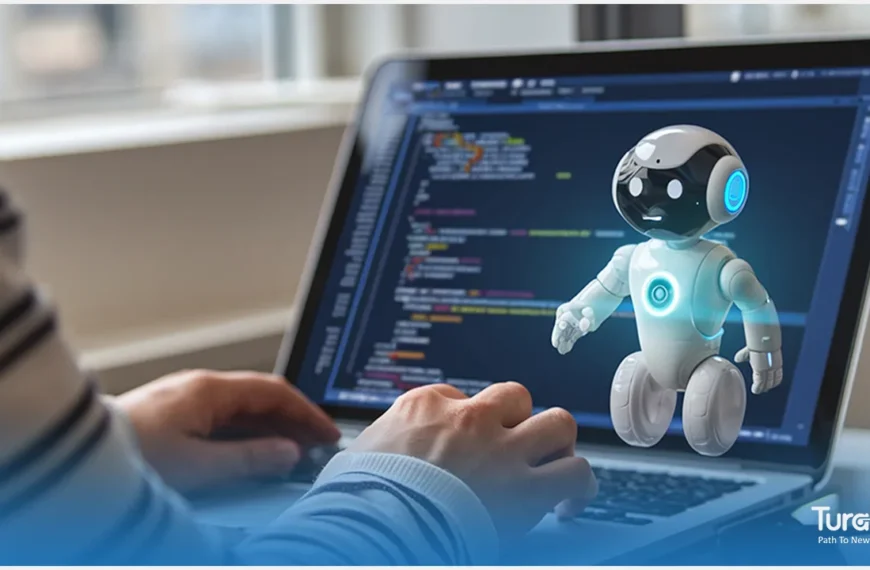How CIOs Can Use Three Technologies to Transform Their Companies into Customer-First Enterprises

Hope you found this preview Insightful and engaging.
To download the full copy of this whitepaper, please submit the form below
Customers now expect nothing less than quick, easy, and efficient experiences from the brands they choose.

The question that IT leaders and CIOs often ask is, “What does this have to do with me and what am I responsible for?” CIOs and their IT organizations play a crucial role in making their enterprises customer-obsessed because it isn’t just about improving customer experience with front-office applications but about improving the efficiency and experience of your organization’s back-office applications as well.
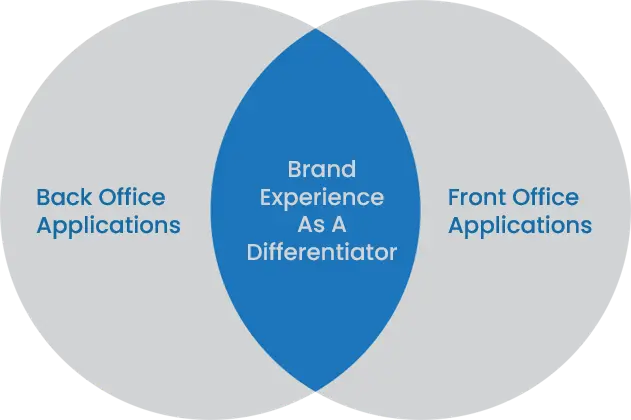
The brand experience is one of the most important factors to customers today, often ranking higher than the products themselves. It is being dissolving the lines between front-office and back-office applications as a result of this trend. In order to add value to customers and boost operational flexibility, customer-centric enterprises use digital technologies.
It is essential for CIOs to create technology agendas that align with business goals and emphasize proactive investments in advanced technologies. Both customers and employees should benefit from these technologies, enhancing ROI and lowering the total cost of ownership. To achieve competitive differentiation, organizations must select technological solutions that are scalable, secure, and integrate seamlessly with existing systems in order to create a unified and efficient operational environment.
Among the various technologies that are enabling innovative business disruptions, the progress and maturation in the following domains offer CIOs the potential to create remarkable experiences and attain significant operational improvements. These technologies not only enhance customer interactions but also streamline internal processes, driving efficiency and agility in business operations:
Transitioning to Native Cloud Infrastructure
Traditional hosted cloud infrastructures are becoming outdated in the face of modern demands for speed and adaptability. Native cloud environments, built on a containerized microservices architecture, provide a highly flexible and scalable framework that can process machine learning workloads at significantly faster rates.
These systems not only lower operational costs but also offer the agility to accommodate rapid changes in user behavior and evolving business needs. The native cloud infrastructure enables real-time iterative updates, ensuring continuous optimization of services, seamless integration with advanced technologies, and long-term scalability, all critical for businesses navigating the modern IT landscape.
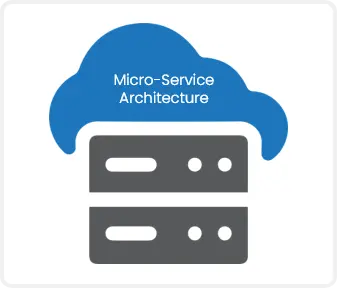
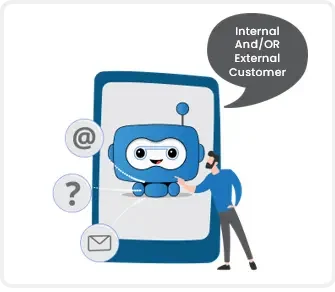
Upgrading from Basic Chatbots to Conversational AI Assistants
The evolution from basic chatbots to advanced conversational AI represents a major shift towards enhanced self-service and personalized experiences. Unlike traditional chatbots, which rely on static rules and manual inputs, today’s conversational AI systems are designed to adapt and improve autonomously with every interaction. This shift from supervised to unsupervised learning enables these systems to make nuanced decisions and provide a more engaging user experience.
The key to leveraging this technology lies in selecting a tool that combines ease of use with minimal administrative overhead. With the ability to continuously refine interactions and integrate seamlessly at entry points for both customers and employees, conversational AI is poised to boost both customer satisfaction (CSAT) and net promoter scores (NPS)..
From RPA to Autonomic Systems
Robotic Process Automation (RPA) initially served to streamline and automate specific business processes. The next evolution in IT automation is the adoption of autonomics, which go beyond simple task automation.
Unlike RPA, autonomics are designed with IT functions in mind, covering areas such as server management, network administration, application oversight, database operations, and virtual machine management. These sophisticated systems are equipped to learn and adapt to new challenges, effectively reducing the need for manual intervention in repetitive tasks and enhancing overall efficiency.
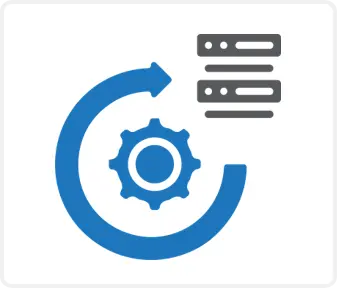
That’s all for preview, Download Full Copy of this Whitepaper
Related Resources


